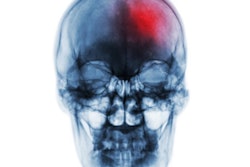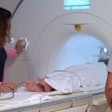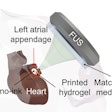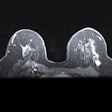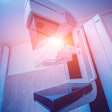More in Home
Study: Ditch the contrast agent in PET/MRI scans in children
December 7, 2023
3D printing method using ultrasound shows success
December 7, 2023
CEM shows value as surveillance imaging tool
December 6, 2023
ChatGPT tested on nuclear medicine cases
December 6, 2023
AI model aids in ultrasound rotator cuff exams
December 5, 2023
Brain MRI radiomics help predict poor newborn neurodevelopment
December 5, 2023






